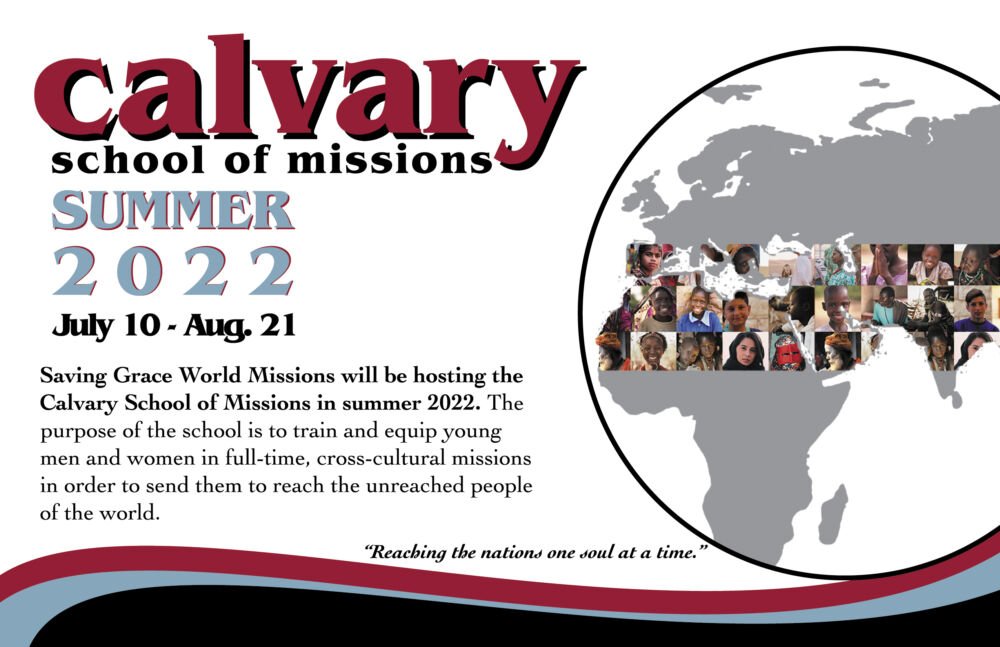Remembering Pastor Chuck Smith
They Called It the Jesus Movement—Part 1
Story by Jessica Russell, Debra Smith, and Tom Price
Join us as we continue our remembrance of Calvary Chapel founder Chuck Smith. This story examines how he and his wife Kay played important roles in the “Jesus Movement” that brought many hippies to vibrant faith in Jesus Christ.
Click to read Part 2, which describes the growth of Calvary Chapels as the hippies of the “Jesus Movement” grew up and started families and churches themselves.
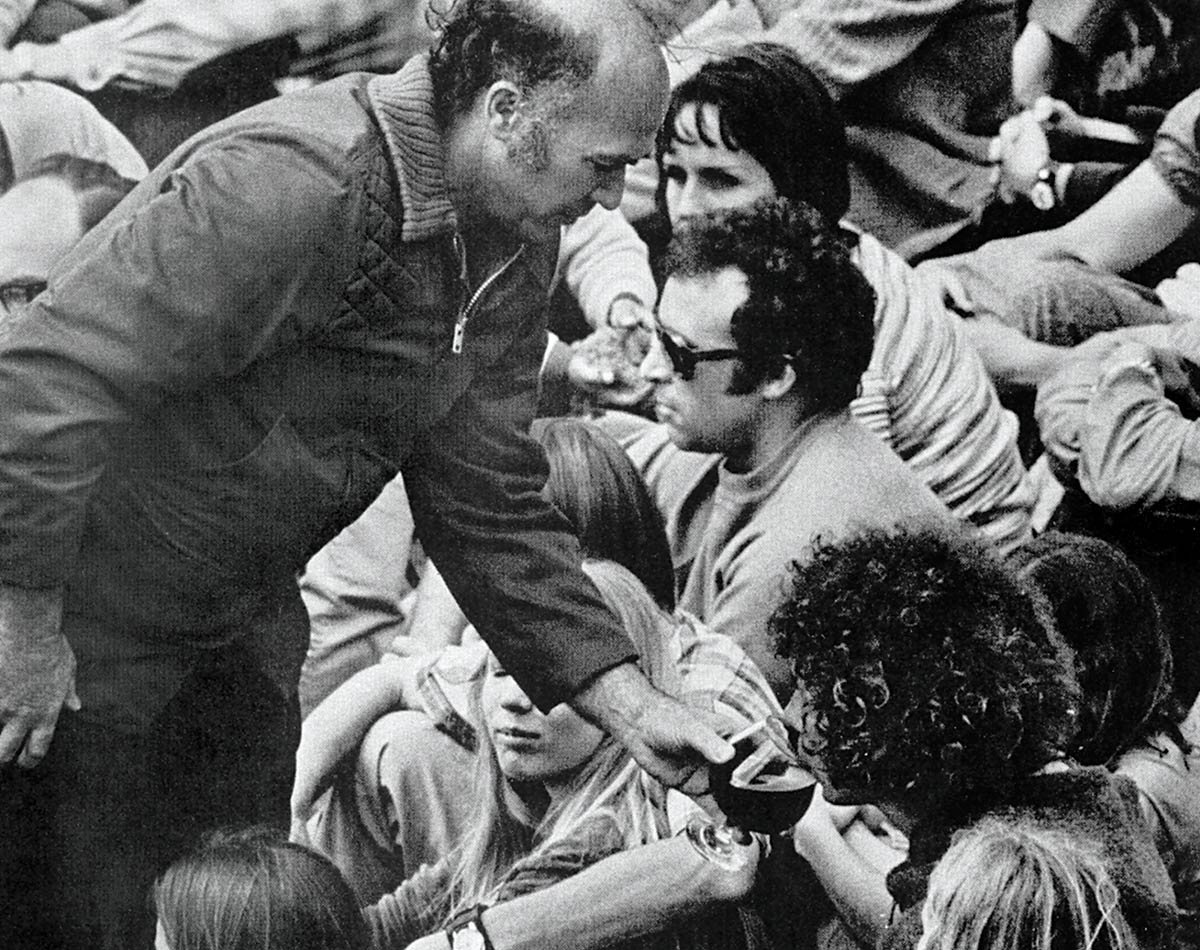
No Shoes, No Problem
“No bare feet allowed,” read Pastor Chuck Smith as he approached the church door early one Sunday morning in the late 1960s. Angry and sad, Chuck removed the handwritten sign. Many in the fellowship he had been leading for several years were embracing their pastor’s desire to welcome streams of young people—mostly beaded, bearded, and barefooted—regardless of the countercultural individuals’ hygiene or lifestyle. But the sign indicated to Chuck that some congregants were focused on preserving the building’s brand-new carpet.
At the following church board meeting, Chuck expressed his and his wife Kay’s vision to impact the next generation for Christ. “We will love these kids and teach them God’s Word,” Chuck challenged the leaders of the fellowship, an independent church in Southern California simply called Calvary Chapel. They had already taught the new believers James 2:1-4, he pointed out: My brethren, do not hold the faith of our Lord Jesus Christ, the Lord of glory, with partiality. For if there should come into your assembly a man with gold rings, in fine apparel, and there should also come in a poor man in filthy clothes, and you pay attention to the one wearing the fine clothes ... have you not shown partiality among yourselves, and become judges with evil thoughts?

How could the church discriminate against the shoeless and shower-less, Chuck asked, after teaching them that Scripture? The point was well taken. From then on, Calvary Chapel’s leaders resolved to love the young hippies more than they valued material goods—or their own way of life.
During the “Jesus Movement” that followed, hordes of hippies began to follow Christ as Lord and Savior. Many were discipled by Chuck and quickly saw themselves transformed by life-changing truth from God’s Word. As these believers eventually fanned out across the nation for employment or other reasons, many started home Bible studies patterned after Chuck’s verse-by-verse teaching style. Then as some of these groups expanded into full-fledged congregations, “Calvary Chapel” became not just a single church in Costa Mesa, CA, but a network of fellowships. But before God would use him mightily to start such a phenomenon, Chuck often said, the Lord broke him of his reliance on himself and natural human tendency to glory in success. Only after he had failed much, Chuck elaborated, would he know that any tremendous work God accomplished through him was solely that—God’s work, due to God’s grace.
‘Not by might nor by power, but by My Spirit,’ says the Lord of hosts. Zechariah 4:6b
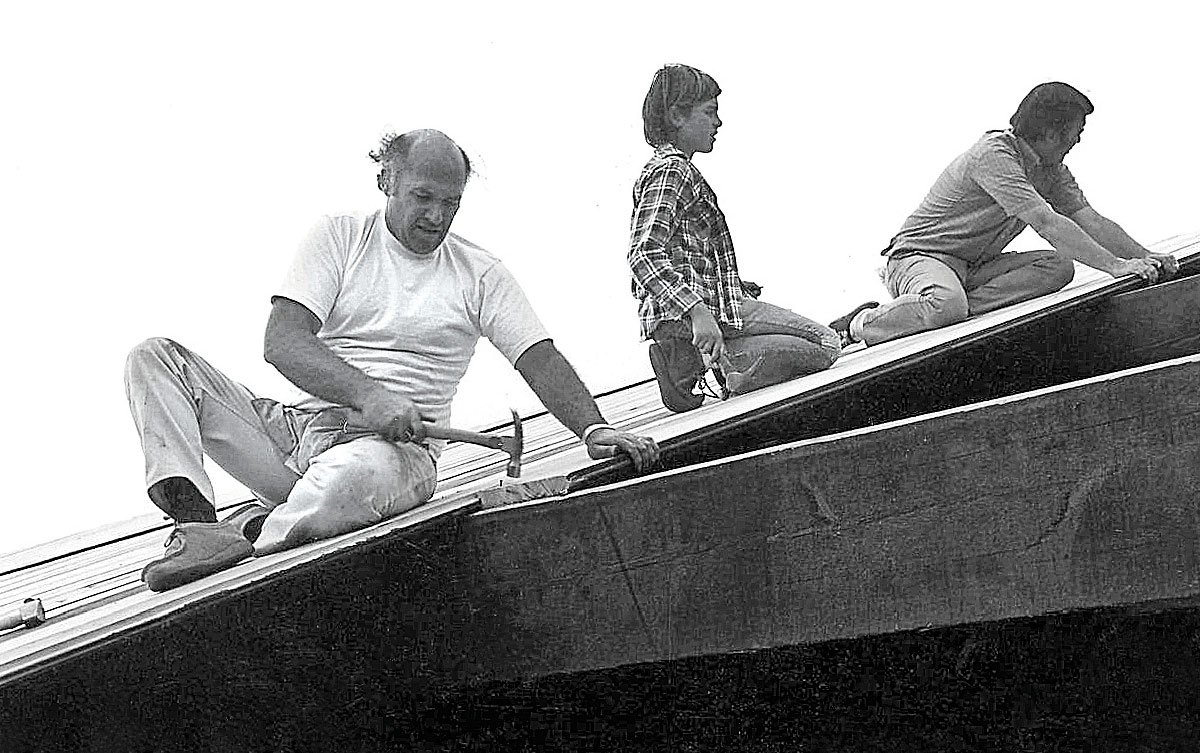
Empty and Searching
When Chuck assumed Calvary Chapel’s pastorate in 1965, the church consisted of 25 people. The generation then coming of age was exceptionally large, the product of the U.S.’s “baby boom” during post-World War II prosperity and optimism. However, said Chuck, the air of affluence masked an undercurrent of discontent youth. An unpopular war was providing them opportunity to voice their rage through protests and demonstrations. And Southern California was home to this cultural revolution.
As society seemed to shake and drugs circulated like candy, Chuck was repulsed, and Kay was burdened. Again and again, he recounted, she tearfully and gently challenged her husband: “‘They just need the Lord.’ ‘They’re dirty hippies. They need a bath,’” he said he would quip in return. Kay later explained, “I’d see them roaming the streets or wherever they were, and I’d start crying. … I started praying and asking God, ‘Why? What’s wrong with their lives?’” Kay discerned God telling her, in response, that they were empty—and needed Him.
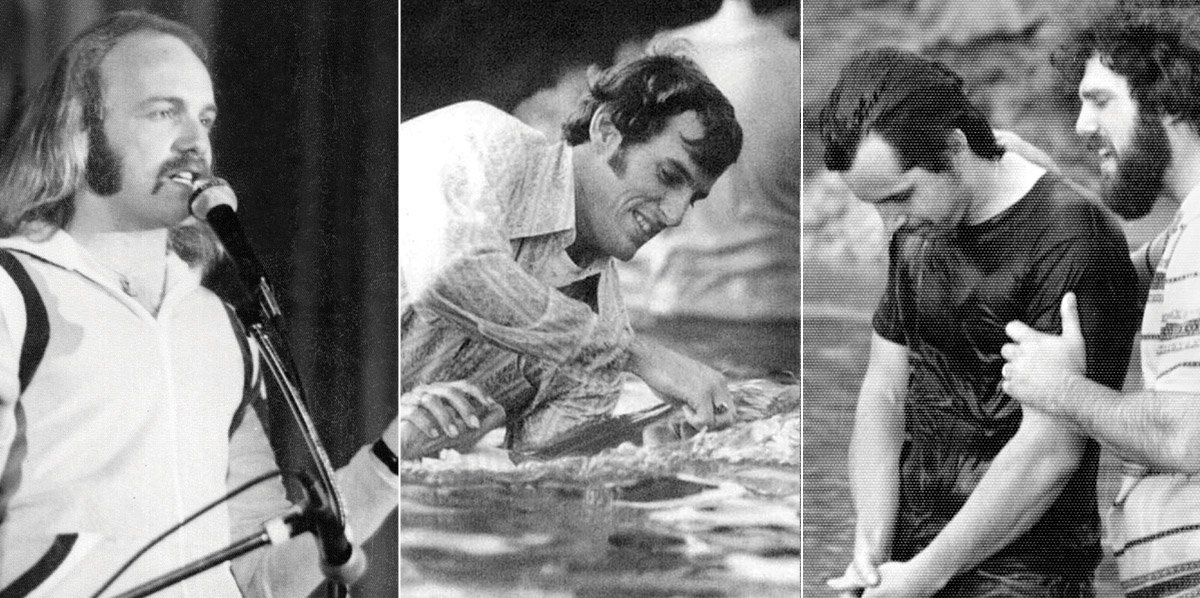
Entering the Hearts of Hippies
Kay's compassion won out, and the couple began studying the phenomenon. Yet they still felt unable to reach into the hippie culture. Chuck said that because of the generation and anti-establishment gaps, “They were so far from us. How do you even start to communicate with them?” As they prayed, it suddenly struck Kay: They needed to meet a hippie.
After being introduced to a couple who fit the hippie description, Chuck and Kay prepared the church to meet their new friends. The young people were well-received, and the countercultural community at Calvary Chapel began multiplying rapidly. A woman in the church rented a small house for young people to live and minister at in commune fashion; the home hosted nightly Bible studies and sent teams out daily to do street and beach evangelism. Within two weeks, 35 people had come to know the Lord and were staying there. A realtor soon offered a motel he owned for use as another Christian commune—the second of what would become several group homes.
(Learn about a missions school training and equipping young men and women in full-time, cross-cultural missions in order to send them to reach the unreached people of the world from one of our sponsors, Calvary School of Missions) 
Shocking Grace and Exponential Growth
Soon, Chuck reminisced, Calvary Chapel was baptizing hundreds of people per month. The revival was not without controversy; both internal struggle and external criticism of the Christian hippies and the church ebbed and flowed. But despite the challenges, the fellowship’s countercultural community kept multiplying. Space problems became paramount, and the church tried one solution after another. The believers eventually purchased a large plot to build on; in the meantime, they erected “The Tent”—a 2½-year hub of the Jesus Movement. The structure held three Sunday morning services, in addition to Bible studies or concerts on most nights.
Looking back, many former hippies are shocked at the charity that was exhibited to them by Calvary Chapel’s original conservative congregation. Sandy Chappell, who became a pastor’s wife and helped plant several churches, remembers that she and friends regularly arrived at the tent in attire that, today, she would not consider appropriate. Yet instead of harsh rebuke, they received gentle, loving instruction. Sharon Fischer, an original Calvary Chapel attendee, remembered: “Kay asked me to organize a fashion show. She said, ‘Let’s make this a grand event and show these young ladies how to dress modestly.’” Rather than a list of clothing to avoid, the demonstration presented the hippies a positive model to aspire to.
Sharon loved the diversity that began to abound. “What amazed me was walking into the tent and seeing so many types of people—hippies in beads and bell bottoms, businessmen in suits, and Indian women in traditional saris,” she expounded. “Chuck’s sermons were being translated into Chinese, Spanish, and other languages.”
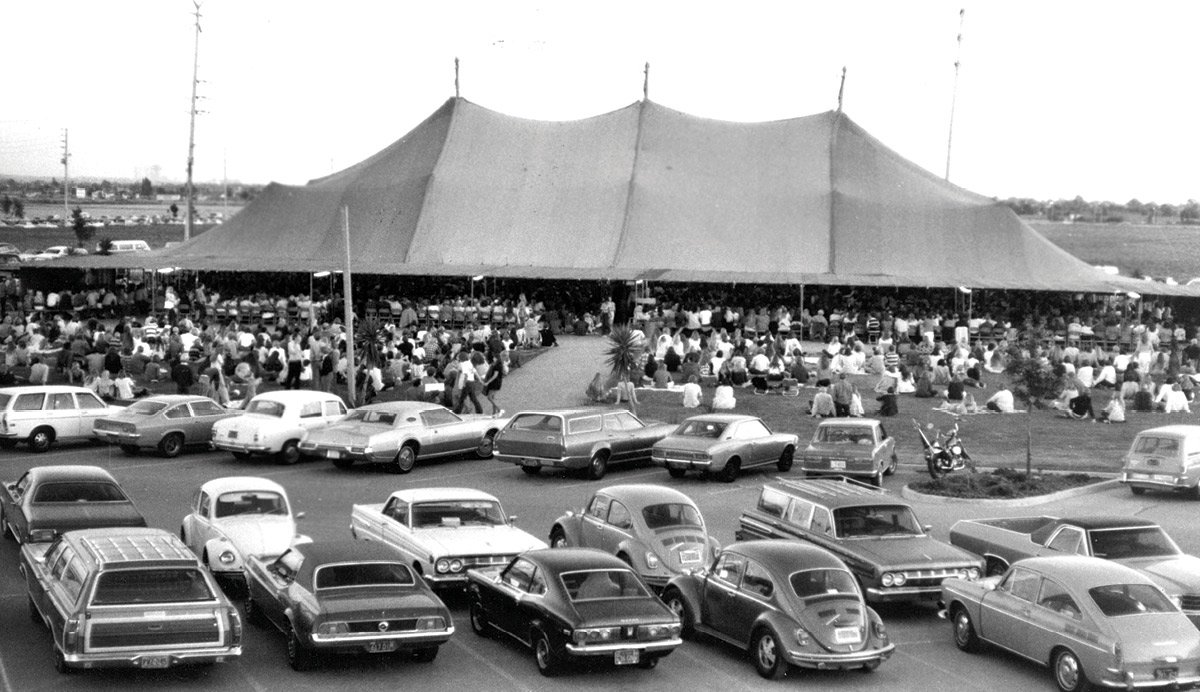
Chuck’s approach to ministry, Sharon recalled, was hands-on and practical. “If anyone in the congregation had a problem—whether with a hot water heater, vehicle, or an electrical issue—Chuck would gather the men and correct the situation,” Sharon elaborated. She remembers many a Saturday morning dedicated to helping a family out of a crisis.
Once, Sharon said, Chuck’s penchant for labor brought disappointment. The ladies were on a retreat when a surprise blizzard blanketed the mountain. Many were excited to be snowed in, which gave them one more day together. However, “You can imagine our sadness the next morning when we looked out the window to see Chuck finishing shoveling out our cars,” she laughed.
Click to read Part 2, which describes the growth of Calvary Chapels as the hippies of the “Jesus Movement” grew up and started families and churches themselves.
(To learn more about Calvary School of Missions, visit their website)
All verses above are quoted from the New King James Version, unless otherwise noted.
© 2022 Calvary Chapel Magazine (CCM). All rights reserved. Articles or photographs may not be reproduced without the written permission of CCM. All Scripture quotations, unless otherwise indicated, are taken from the New King James Version. Copyright © 1982 by Thomas Nelson, Inc.® Used by permission.


